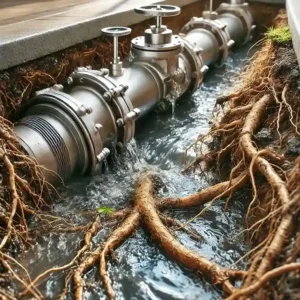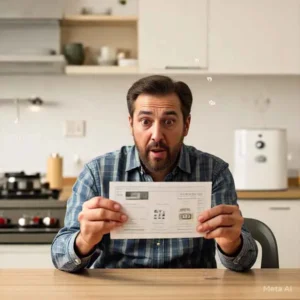Homeowners face a frustrating challenge when their bathtub develops a leak. With thousands of cases reported every year, leaks often go undetected for months, causing extensive water damage to floors, walls, and ceilings. If not repaired quickly, this issue can become a costly hassle. Over the years, regular use can lead to wear and tear, creating chips and cracks that might lead to leaking. A leaky bathtub is not just inconvenient but also poses serious risks to your home.
In this article, we will compile a list of common leaks and provide a step-by-step repair guide with practical instructions to help you fix the issue. Whether you are a shower person or enjoy a slow, relaxing soak, knowing the variety of ways to respond and prevent damage is essential to protect your house from avoidable causes.
5 Common Reasons Your Bathtub Leaks and How to Fix It
Modern homes often feature bathtubs made from synthetic materials, which are both stylish and practical but also susceptible to developing cracks and pits over time. Even heavy objects falling into the bathtub can contribute to these pits worsening, making them one of the common culprits behind a leaky bathtub. Fissures in the surface are another hidden danger that might go unnoticed until water begins to escape.
If you’re dealing with leaking, consider the five reasons that often cause this issue: Identifying these problems early can help you respond effectively and protect your tub from further damage.
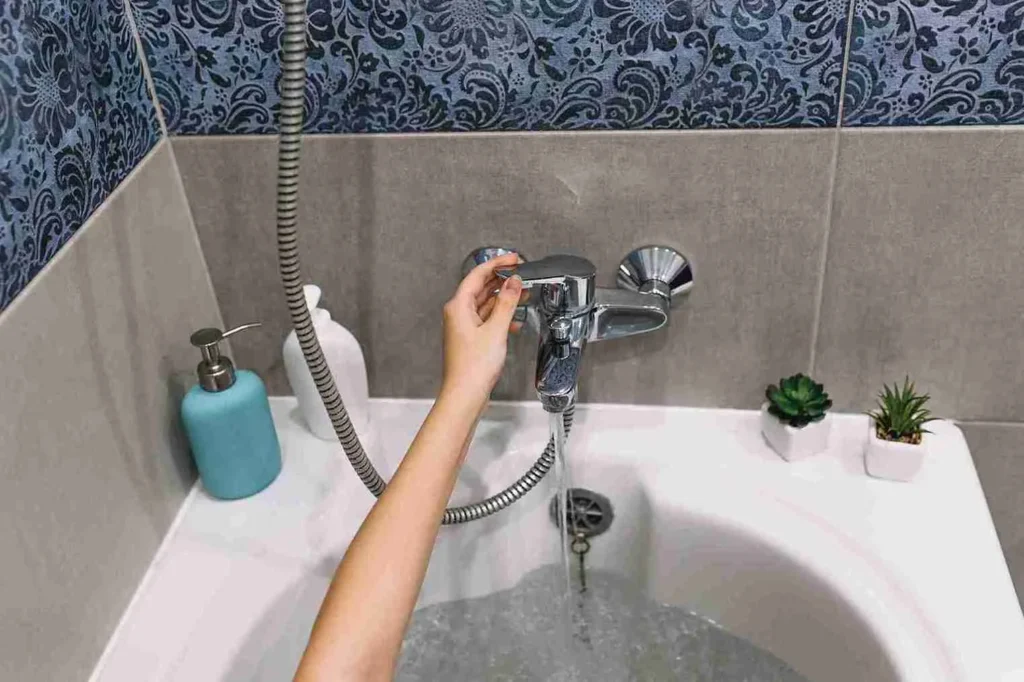
1. How to Address a Leaking Bathtub Faucet
If you’ve ever dealt with a leaky bathtub faucet, you know how frustrating it can be. A small leak might not seem like much at first, but over time, it can waste water, increase your bills, and even damage the surrounding area. Often, the main culprit is water pressure that’s too high, causing the seals in the faucet to wear out and eventually fail. Here’s how you can fix this leaking issue efficiently and effectively.
Steps to Fix a Leaking Bathtub Faucet
- Turn the water supply off: Locate the shut-off valve for your bathtub and ensure the water is completely turned off to prevent further leaks.
- Remove the handle: Use a screwdriver to loosen and take out the screws holding the handle in place. Keep the screws in a safe spot to ensure they don’t get lost.
- Access the seal: Once the handle is off, identify the faulty seal that is causing the leak. This is often a worn-out rubber washer or gasket.
- Pull out the old seal: Carefully remove the old seal by using your hands or a pair of pliers.
- Replace with a new seal: Take the new part and screw it securely into place. Ensure it’s tightly fastened but not overly so, as this can damage the part.
- Reattach the handle: Align the handle back onto the faucet and secure it using the previously removed screws. Tighten them with the screwdriver.
- Turn the water back on: Restore the water flow and test the faucet. Check for any remaining leaks to ensure the problem is resolved.
Personal Tip
When dealing with plumbing issues like this, having a set of basic tools at home can save time and money. A screwdriver, adjustable wrench, and replacement parts are often all you need for such repairs. Regularly inspecting your bathtub faucet for signs of wear out can also help prevent leaks from happening in the first place.
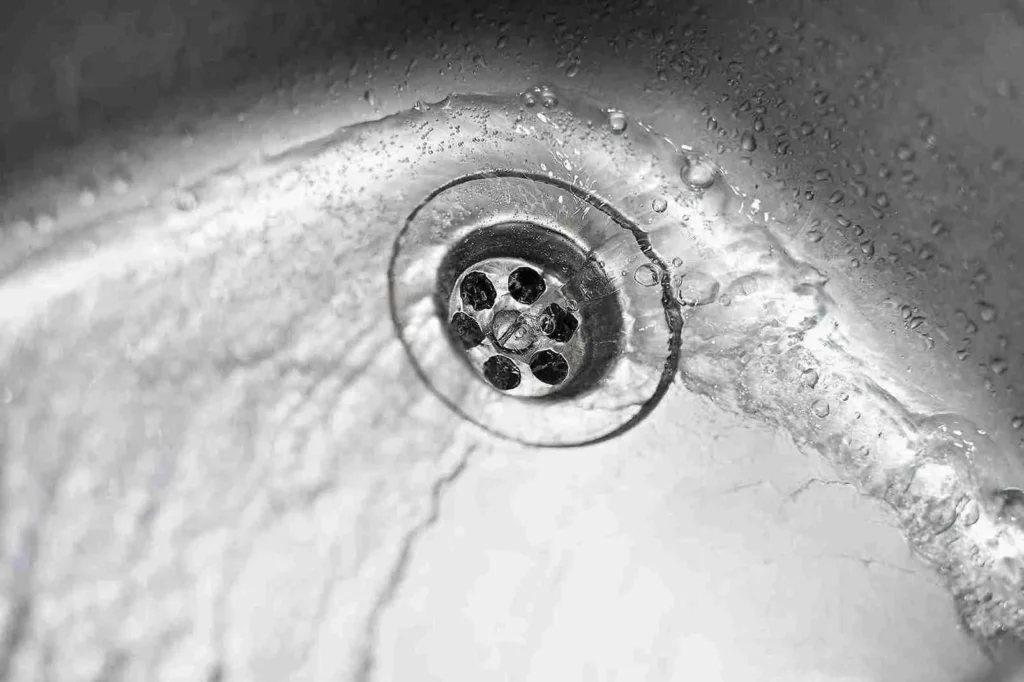
2. Fixing a Leaking Bathtub Drain
Discovering a leaking bathtub drain can be frustrating, but it’s often a straightforward problem to address. A common cause is a worn-out gasket, which may cause water to leak around the drain assembly. Sometimes, the issue could be a break in the pipe, but in most cases, replacing the gasket is enough to fix the problem.
How to Fix a Leaking Bathtub Drain
If you notice your bathtub is leaking, follow these simple steps to resolve the issue efficiently:
- Remove the drain cover from the bathtub to gain access to the damaged gasket.
- Unscrew the screws that hold the drain cover in place and set them aside carefully.
- Take out the old gasket and inspect it. A worn-out or damaged gasket will likely be the reason for the leak.
- Replace the old gasket with a new one, ensuring it fits securely to prevent future leaks.
- Reattach the screws and secure the drain cover back in place.
- Test the repair by filling the bathtub with water and checking for any remaining leaks.
With these steps, you can effectively address a leaking bathtub drain without much hassle. Having dealt with this problem myself, I’ve found that paying attention to the condition of the gasket is key to ensuring the leak doesn’t return.
3. Bathtub Leaking Pipes Solution
A leaking bathtub can quickly become a frustrating issue, especially when the problem lies within the pipes beneath the tub. This often happens when a crack forms in the drainage or water line, allowing water to leak and potentially cause damage to the surrounding area underneath. A seemingly small crack can lead to significant issues if left unchecked, impacting not only your bathroom but also the structure below.
From my experience, dealing with a cracked pipe can be tricky, as the issue isn’t always visible at first glance. The first step is to assess whether the drainage or water line is the source of the problem. Often, homeowners overlook subtle signs, like small puddles or damp spots near the bathtub.
How to Fix Leaking Bathtub Pipes
Fixing a leak from a cracked pipe involves careful attention to the issue. Follow these steps to tackle and resolve the issue efficiently:
- Identify the Leak: Look for signs of water pooling underneath the tub or damp areas in the surrounding area. These signs often point to a crack in the pipes or drainage system.
- Turn Off the Water: Before starting any repairing process, turn off the main water line to prevent further damage.
- Assess the Damage: Inspect the entire section of the suspected pipe. If you find a crack, determine whether it’s feasible to fix or if you need to replace the entire part.
- Replace the Pipe: In many cases, a cracked pipe cannot be patched effectively. It’s better to remove the damaged portion and install a new one.
- Seek Professional Help: If the repairing process seems overwhelming, reach out to a professional plumber. They have the expertise to provide drain repair services and fix water line issues efficiently.
- Regular Maintenance: To prevent future leaks, schedule routine checks and cleaning of your drainage system with trusted repair services.
When I encountered a similar issue, I initially tried patching the cracked pipe, but the problem persisted. Calling a professional plumber for their services saved me from more extensive damage and costly repairs.
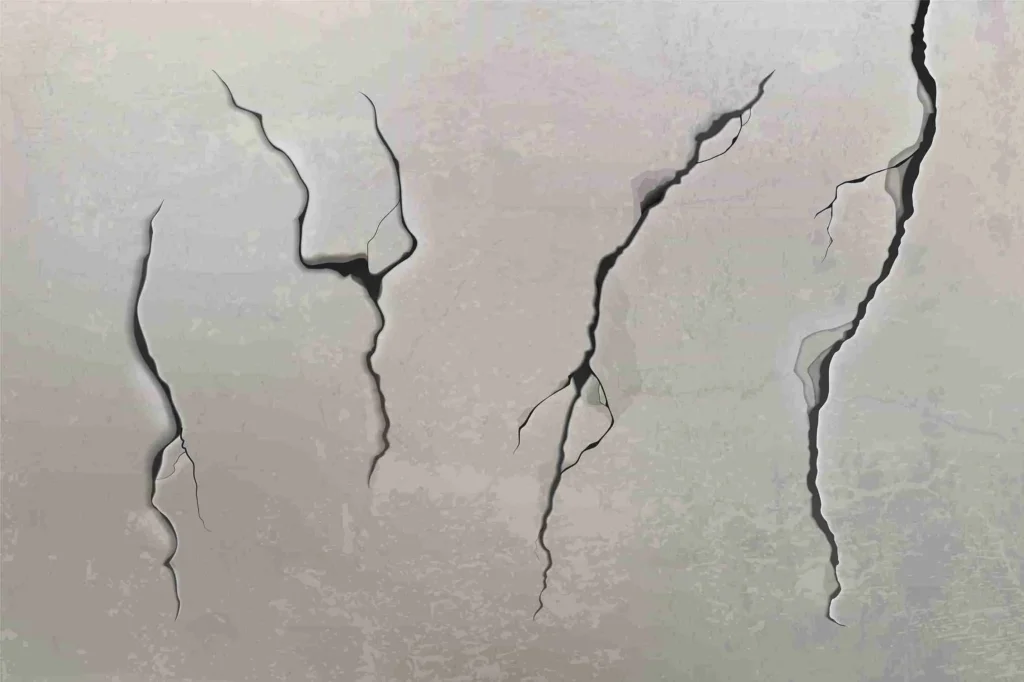
4. Identifying and Addressing Bathtub Cracks
If you’ve noticed your bathtub is leaking, the issue might stem from cracks in the tub. These cracks can result from wear and tear, accidents, or improper installation. A damaged or cracked bathtub can worsen over time, leading to further leaks and potential structural problems in your bathroom.
How to Identify and Fix Cracks in a Bathtub
When dealing with a bathtub that might have cracks, it’s essential to follow a step-by-step approach to determine if the leaking is indeed caused by a crack. Here’s how to address the issue efficiently:
- Inspect for Cracks: Look for visible cracks or damage on the surface of the tub. If you’re not sure whether the tub is leaking, it’s time to try a simple test.
- Test for Leaks:
- Place a white dry cloth directly underneath the suspected area of the crack inside the tub.
- Fill the tub with water to a depth of at least 2 inches.
- Watch the cloth for approximately 30 minutes.
- Check the Results:
- If the cloth becomes wet or the water soaks through, it confirms a crack that needs to be repaired or replaced.
- If the cloth remains dry, your bathtub isn’t leaking, and you can continue using it.
Repair or Replacement Options
- Repair: Small cracks can sometimes be patched with professional-grade sealants. However, attempting to fix it yourself without expertise can be dangerous, as improper repairs may not hold up under regular use.
- Replace the Entire Tub: For severe damage, replacing the entire tub is often the safest and most effective solution. Installing a new bathtub ensures long-term reliability and prevents future issues.
If you decide to replace your bathtub, ensure it is installed by professionals. We recommend reaching out to Your Guy Drainage Expert to discuss your options and schedule a replacement. Contact us today for assistance and solutions tailored to your needs.
5. Bathtub Leaking Issue Due to Grouting Problems
A bathtub leaking issue can often be traced to problems with the grouting around the tub. Grout, when damaged or loose, allows water to seep through, leading to leaks behind the wall. These causes might seem small initially, but they can quickly escalate into a bigger issue. When the grout begins to break down, it needs immediate attention to avoid further complications.
Identifying the Problem
If you notice leaks, check if the grout has cracked, is missing, or damaged. Regularly inspect the bathtub for cracks, holes, or other signs of wear. Maintaining your bathtub regularly can help you spot problems early and prevent them from happening again.
Steps to Fix the Grouting Issue
Follow these steps to resolve the grouting problem effectively:
- Remove the Old Grout: Use a utility knife or a grout saw to carefully remove the old grout from between the tiles around your bathtub. Be thorough to ensure no traces of the old grout remain.
- Clean the Area: After the old grout is removed, clean the area to ensure a smooth surface for the new grout application.
- Apply New Grout: Replace the old grout with new grout. It’s highly recommended to use silicone grout for the best results, as it offers better resistance to moisture. Smooth the grout into place with your fingers to ensure even coverage.
- Allow the Grout to Dry: Let the grout dry completely before proceeding to the next step. This ensures it sets properly.
- Apply a Sealant: To protect the new grout from water damage, apply a waterproof sealant. This step adds an extra layer of protection and enhances the lifespan of the grout.
- Inspect for Final Touches: Once the grout is dry and sealed, check for any gaps or areas that might still be prone to leaks. Repair any cracks or holes immediately.
Personal Tip
From personal experience, using silicone grout is a game-changer. It’s more durable and keeps your bathtub safe from recurring leaks. Don’t skip regular checks, as small issues like a loose grout can turn into bigger problems if left unattended. Always aim to repair any problems as soon as possible to avoid additional costs.
Conclusion
Dealing with leaks in your bathtub can be a frustrating experience, especially when the problem seems too tricky to identify or fix. Many homeowners face this common issue and struggle to find an efficient way to deal with it. By following the simple steps outlined here, you can identify the source of the leak and avoid further trouble. Often, repairing a bathtub’s leaks might only require basic tools and a bit of patience.
However, if the leaks persist or worsen, we strongly recommend calling a professional plumber who can help fix the issue quickly and efficiently.
If you live in Lower Mainland, Canada, and need a reliable and professional plumber, consider Your Guy Plumbing. They’re ready to help 24/7, ensuring your plumbing concerns, from a clogged sewer line to sump pump installation, are addressed with expertise.
FAQs
Why Do Bathtub Taps Leak?
Bathtub taps often start leaking, which is a common problem many overlook. While the water may simply fall into the tub, the persistent dripping can eventually corrode the area it touches. The usual reason for this leak is worn-out rubber washers inside the taps, which need timely replacement to avoid issues like hidden mould development.
How Can I Fix My Leaking Bathtub Drain?
If you notice any damage or worn-out parts in your bathtub drain, especially the washers or a faulty stem, it’s likely the reason for the leak. Check for corroded parts and inspect the washer closely; if it looks worn or damaged, you should remove the old one and replace it with a new washer of the correct size and type. This will help seal the area and prevent water from leaking further.
Why Is My Bathtub Leaking?
Leaking from a bath often happens due to damage to pipes, worn-out fixtures, or broken seals. Over time, wear and tear or poor connections can weaken these components, making leaks more likely.





